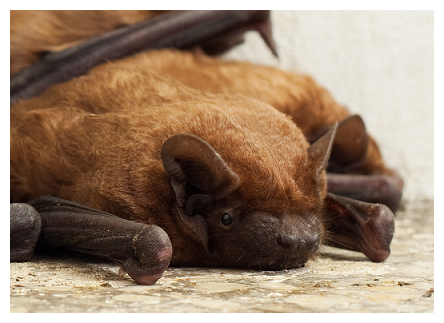Virginia Bat Facts

Virginia is home to 17 bat species with the most common ones being the little brown bat and the big brown bat. These two types of bat species are the most common bats that are likely to be seen with all areas of Virignia including Alexandria. They are among virginia's cave bats which is why they are the type of bats most often seen in attics and buildings. It is common to see these types of bats roosting in church belfries, beneath homes shutters, and in attics.
Bats are one of Virignia's most environmentaly beneficial mammals. They primarily feed on insects and can ingest up to 1,000 mosquitoes or pests an hour. This is what makes them an essential part of the environment. Some of the more common pest they feed on include moths, wasps, beetles, gnats, mosquitoes, and midges.
With Bats being such a vital importance to the environment federal and state laws protect them from being harmed. Wildife Control Operators must use techniques that do not place harm on them. The most common technique used is an exclusion. For more information on a safe bat exclusion in Alexandria give us a call today!
In 2012 there were over 4 million bats that lived in Virginia and only one half of a percent of all these bats were rabies carriers. It is a common misconception that all bats carry rabies. In addition, rabid bats are seldom aggressive and attack people. According to the CDC there are only 3-4 cases of rabies in humans per year, but most are associated with bat.
Another misconception about bats are that they are blind, although they cannot see in color they are not blind. Bats actually have better night vision than people. They do forage for food using echolocation. This process allows them to emit sounds into the environment then use these echoes to locate and identify objects.
Types of Virginia Bats
- Little Brown Bat
- Big Brown Bat
- Virginia Big-Eared Bat
- Indiana Bat
- Gray Bat
- Small Footed Bat
- Northern Long-eared Bat
- Eastern Pipistrelle
- Southeastern Myotis
- Silver-haired Bat
- Eastern Red Bat
- Hoary Bat
- Northern Yellow Bat
- Seminole Bat
- Evening Bat
- Rafinesque's Big-eared Bat
- Brazilian Free-tailed bat
